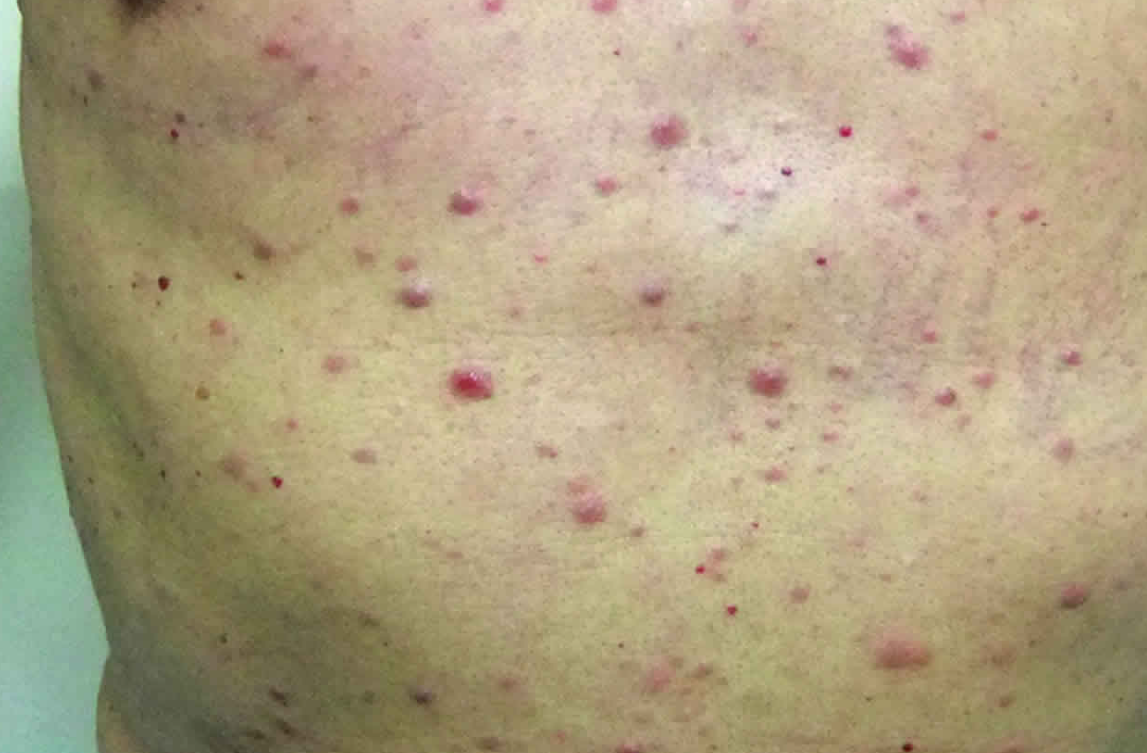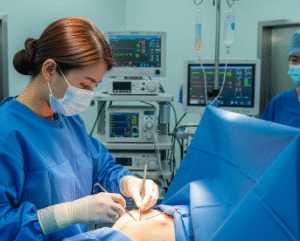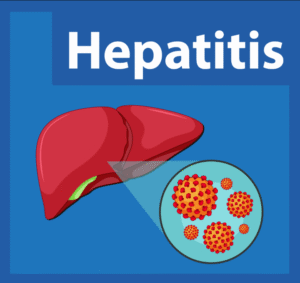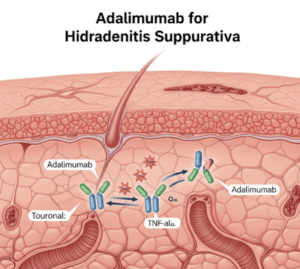Acute Myeloid Leukemia (AML)
Overview
Acute Myeloid Leukemia (AML) is a fast-growing cancer of the bone marrow and blood, characterized by the uncontrolled proliferation of abnormal myeloid cells. It leads to a reduced number of normal blood cells, causing symptoms such as fatigue, infections, and bleeding. AML most commonly affects older adults but can occur at any age. It requires urgent treatment, often involving chemotherapy and sometimes stem cell transplantation.
What is Acute Myeloid Leukemia?
Acute Myeloid Leukemia is a cancer of the myeloid line of blood cells. It begins in the bone marrow, the soft inner part of the bones where new blood cells are made. In AML, the bone marrow produces immature white blood cells called myeloblasts that do not function normally. These abnormal cells multiply rapidly, crowding out healthy blood cells.
AML is classified as “acute” because it progresses quickly, often requiring immediate medical attention. It differs from chronic leukemias, which progress more slowly.
Symptoms
Symptoms of AML are typically related to a shortage of normal blood cells. Common symptoms include:
- Fatigue or weakness
- Frequent infections
- Fever
- Easy bruising or bleeding (e.g., nosebleeds, gum bleeding)
- Pale skin (anemia)
- Shortness of breath
- Loss of appetite and weight loss
- Bone or joint pain
- Swollen gums or enlarged spleen or liver (in some subtypes)
These symptoms often appear suddenly and worsen quickly.
Causes
The exact cause of AML is often unknown, but it results from DNA mutations in the bone marrow cells that control blood cell production. These mutations lead to abnormal cell growth and division.
Known contributing factors include:
- Genetic mutations
- Radiation exposure
- Previous chemotherapy or radiation therapy
- Chemical exposure (e.g., benzene)
Risk Factors
Several factors increase the likelihood of developing AML:
- Age: Most common in people over 60
- Gender: Slightly more common in men
- Previous cancer treatment: Chemotherapy or radiation therapy
- Exposure to toxins: Benzene and other chemicals
- Smoking: Increases risk
- Genetic disorders: Such as Down syndrome, Fanconi anemia
- Blood disorders: Myelodysplastic syndromes or myeloproliferative neoplasms
Complications
AML can lead to serious complications, especially if untreated:
- Life-threatening infections due to low white blood cells
- Severe anemia
- Internal or external bleeding due to low platelets
- Spread of leukemia to organs like the liver, spleen, brain, or spinal cord
- Tumor lysis syndrome (metabolic complications from rapid cancer cell death during treatment)
- Relapse or treatment resistance
Prevention
There is no guaranteed way to prevent AML, but you can reduce risk by:
- Avoiding exposure to harmful chemicals like benzene
- Not smoking
- Following safety guidelines in workplaces with radiation or chemical exposure
- Monitoring blood disorders or genetic conditions through regular medical check-ups
- Reducing unnecessary radiation exposure
Treatment Options Korea
1. Induction Chemotherapy
- Goal: achieve complete remission by reducing leukemia cells in bone marrow
- Standard regimen:
- “7+3” protocol — cytarabine (7 days) + anthracycline (3 days, e.g., daunorubicin or idarubicin)
- Administered in hematology-oncology wards of major Korean cancer centers
- Requires inpatient care, infection prevention, and supportive transfusions
2. Consolidation Chemotherapy
- Post-remission therapy to eliminate residual disease
- Uses high-dose cytarabine or other cytotoxic agents
- Number of cycles and intensity depend on patient age, risk classification, and genetics
3. Targeted Therapy
- Based on molecular mutations:
- FLT3 inhibitors (e.g., midostaurin, gilteritinib)
- IDH1/2 inhibitors (e.g., ivosidenib, enasidenib)
- BCL2 inhibitor (e.g., venetoclax, often combined with azacitidine)
- Available at Korean hospitals with molecular diagnostics and genetic profiling
4. Stem Cell Transplant (Allogeneic HSCT)
- Recommended for high-risk or relapsed AML
- Requires matched donor (related/unrelated) and intensive conditioning regimen
- Performed at specialized transplant centers like:
- Asan Medical Center
- Samsung Medical Center
- Seoul National University Hospital
5. Treatment for Elderly or Unfit Patients
- Low-intensity regimens:
- Azacitidine, decitabine, or venetoclax combinations
- Focus is on life extension and quality of life
- Outpatient-based treatment plans available
6. Supportive Care
- Antibiotics, antifungals, antivirals to prevent infections
- Blood and platelet transfusions
- Growth factors (G-CSF) to recover white cell counts
- Management of tumor lysis syndrome, mucositis, and nutrition
7. Clinical Trials and Novel Therapies
- Korean cancer centers offer clinical trials for relapsed/refractory AML
- Options may include:
- Immunotherapies
- Bi-specific antibodies
- CAR-T cell therapies (investigational)
8. Long-Term Monitoring and Survivorship
- Routine follow-up for:
- Relapse surveillance (bone marrow tests, blood work)
- Late effects of chemotherapy or transplant (e.g., organ function, secondary cancers)
- Psychological and social support through cancer survivorship programs













